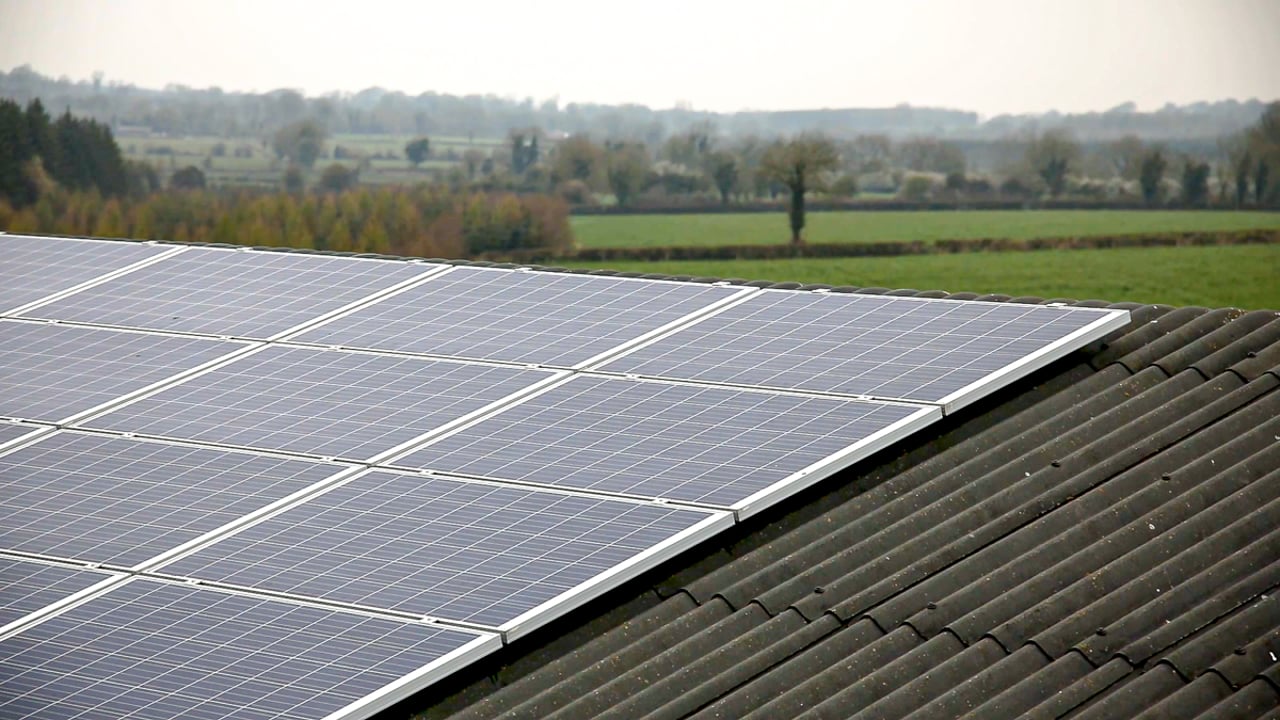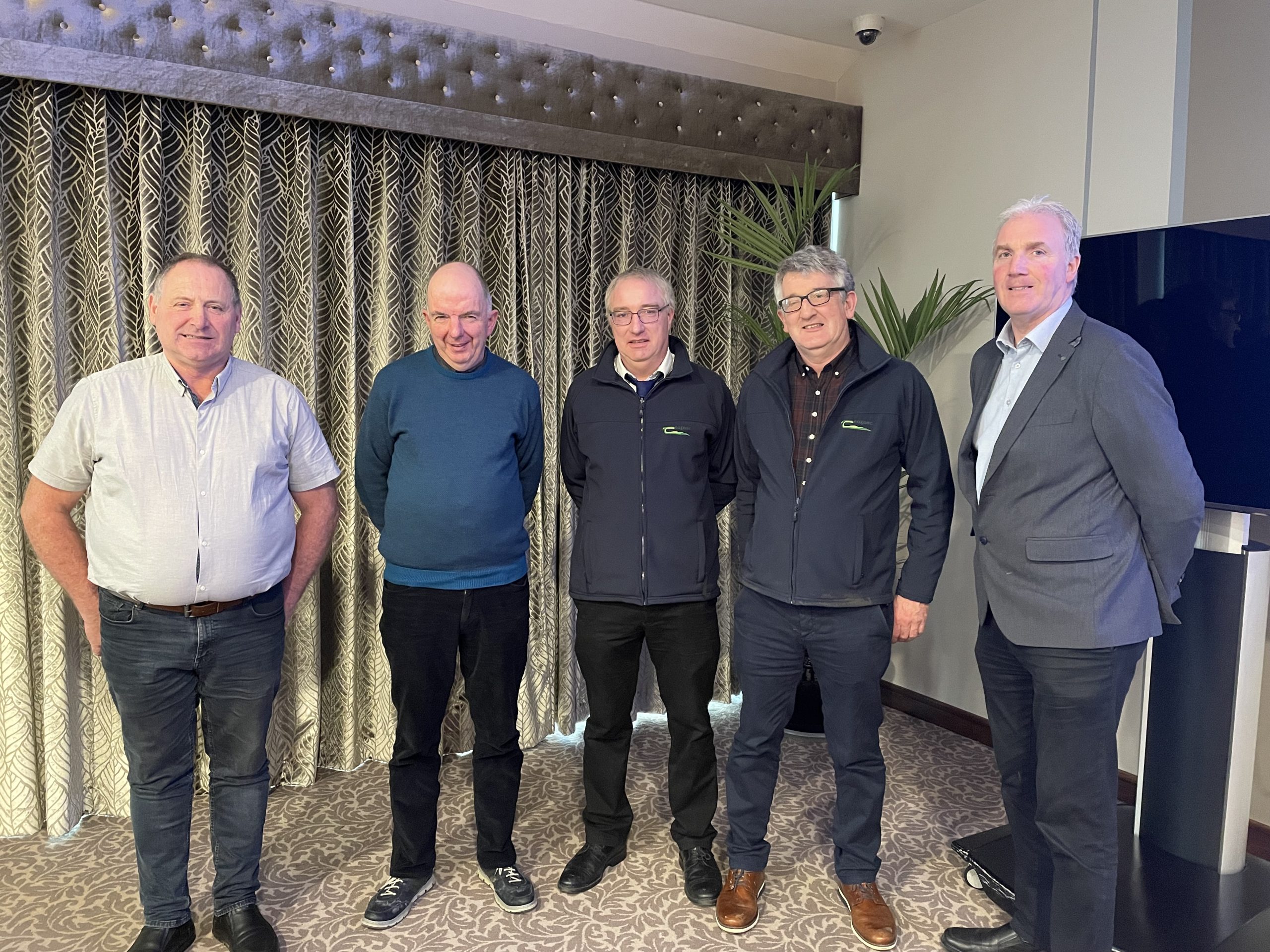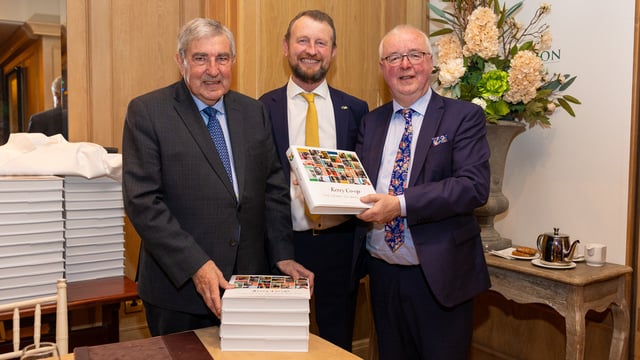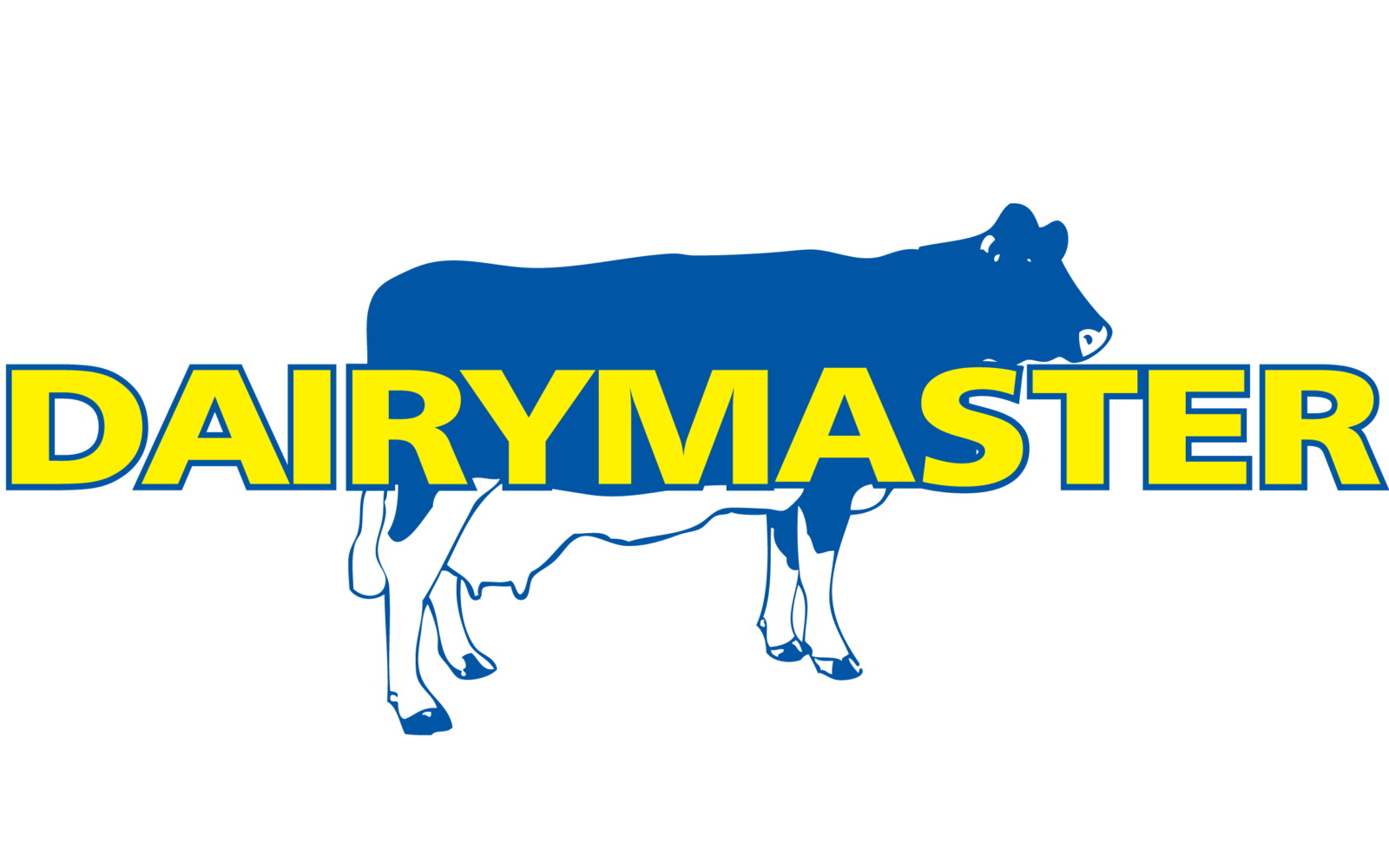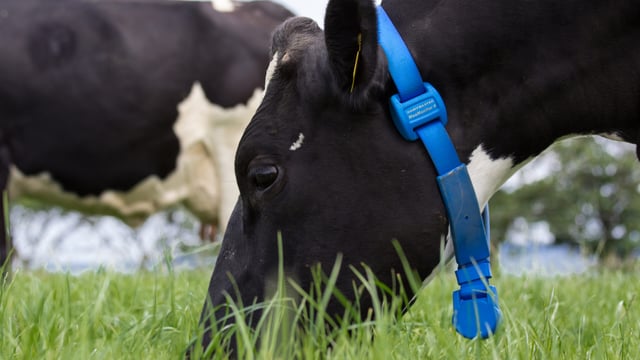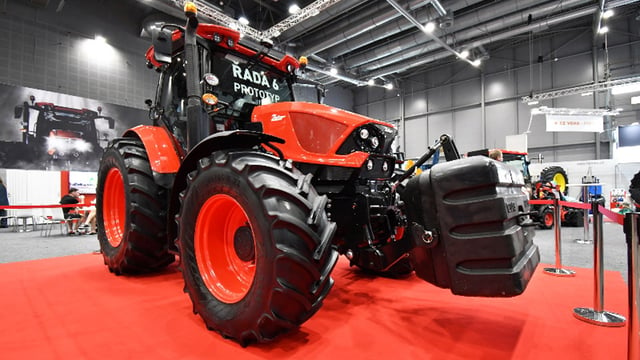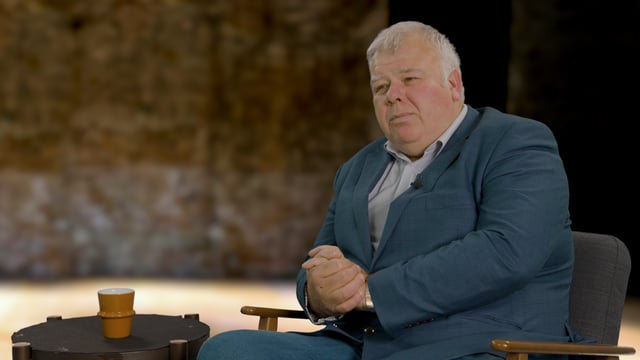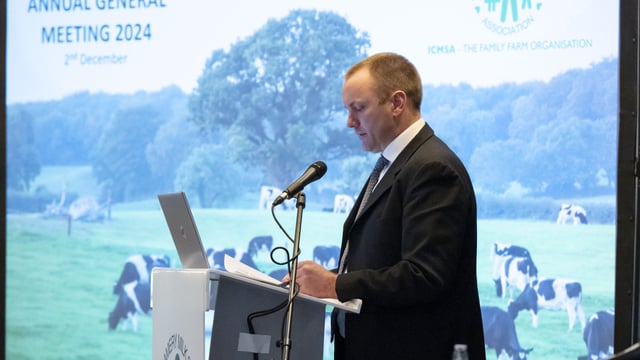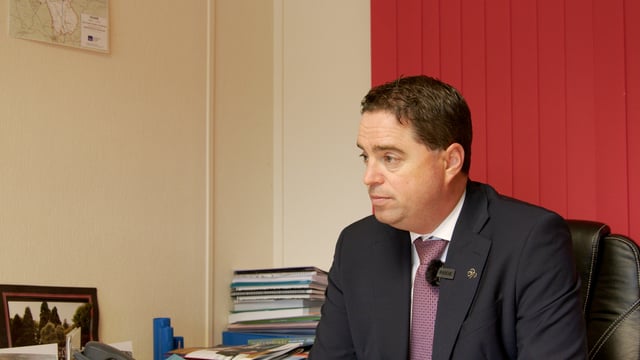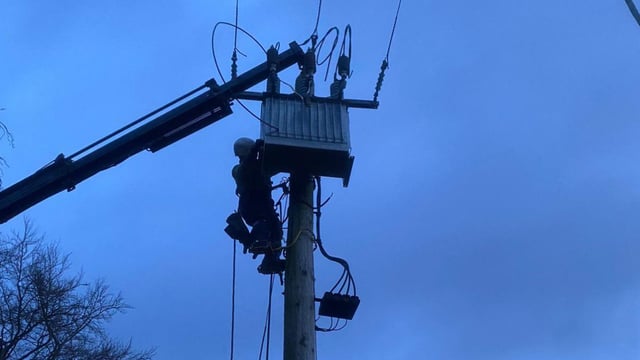Three-phase smart meters issue to be resolved in Q1 2025 - Caslin
The issues around the rollout of three-phase smart meters on farms are due to be resolved in the first quarter (Q1) of this year, according to Barry Caslin from Teagasc.
The energy and rural development specialist made the comments while addressing a recent seminar on renewable energy on farms in Tralee, Co. Kerry.
The event was organised by North, East, West Kerry Development (NEWKD) and Teagasc.
Smart meters
Barry Caslin told the seminar that one of the main issues when it comes to solar PV was that three-phase smart meters had not been rolled out on farms.
"There was some technical issues with that. We've been told that in the first quarter of 2025 that this issue is supposed to be solved.
"It is proving a bit of an issue for people who are on three-phase supply and who are trying to export the excess electricity back to the grid to determine how many kilowatt hours of electricity that they are producing and need to be paid. So there's a bit of work to be done on that.
"Anyone who is on single-phase, those smart meters have been rolled out across the country and they are being paid for any excess electricity," he added.
Barry Caslin advised those at the seminar to consider carrying out an energy audit on their farmers, particularly in sectors with higher energy demands like dairy, pig, poultry and horticulture.
A €2,000 voucher is available from the Sustainable Energy Authority of Ireland (SEAI) to carry this out, to qualify for this voucher the farm must be spending over €10,000 on energy annually.
These audits inspect all energy consuming farm equipment, identify energy usage and suggest ways to make savings.
Solar panels
Caslin stressed the importance of selecting experienced solar PV installers when it comes to farm buildings.
He also urged farmers to carefully check the efficiency, degradation rate, performance guarantee and warranty that comes with the solar panels.
"If you go onto the department's website, there's over 250 registered installers of solar PV and it can be quite confusing, because it's a one-off investment. It's something that you're purchasing today and you might not purchase again for your lifetime.
"You have to make the right decisions in terms of choosing a good installer. Most of these installers have only been in business for a handful of years," he said.
Caslin said that there is a big difference between placing solar PV panels on domestic dwelling houses (micro-generation) and agricultural buildings.
"When you move to a farm situation, now you're into mini-generation. This is where you are submitting your NC7 form, there's more complexity associated with that.
"It is important that you carry out a solar survey on your farm. That solar survey will determine how big the system is," he said.
Caslin said that there can also be issues when it comes to grid or transformer capacity to get the excess electricity back to the grid, which may limit the size of the solar PV system on a farm.
"So choosing a good supplier who will give you the good information, because sometimes you might have suppliers trying to sell you a bigger system than you actually need.
"It is important that you size it to your actual needs and if there is excess electricity being produced that you can get that back to the grid," he said.
Caslin said that the Solar Capital Investment Scheme (SCIS) under the Targeted Agriculture Modernisation Scheme (TAMS 3) "is not a diversification scheme ".
"It's not about diversifying to sell excess electricity back to the grid and make money from it.
"This is about meeting your own electricity requirements and offsetting that by producing your own and maybe selling a bit of excess back to the grid just that it isn't being dumped," he said.

